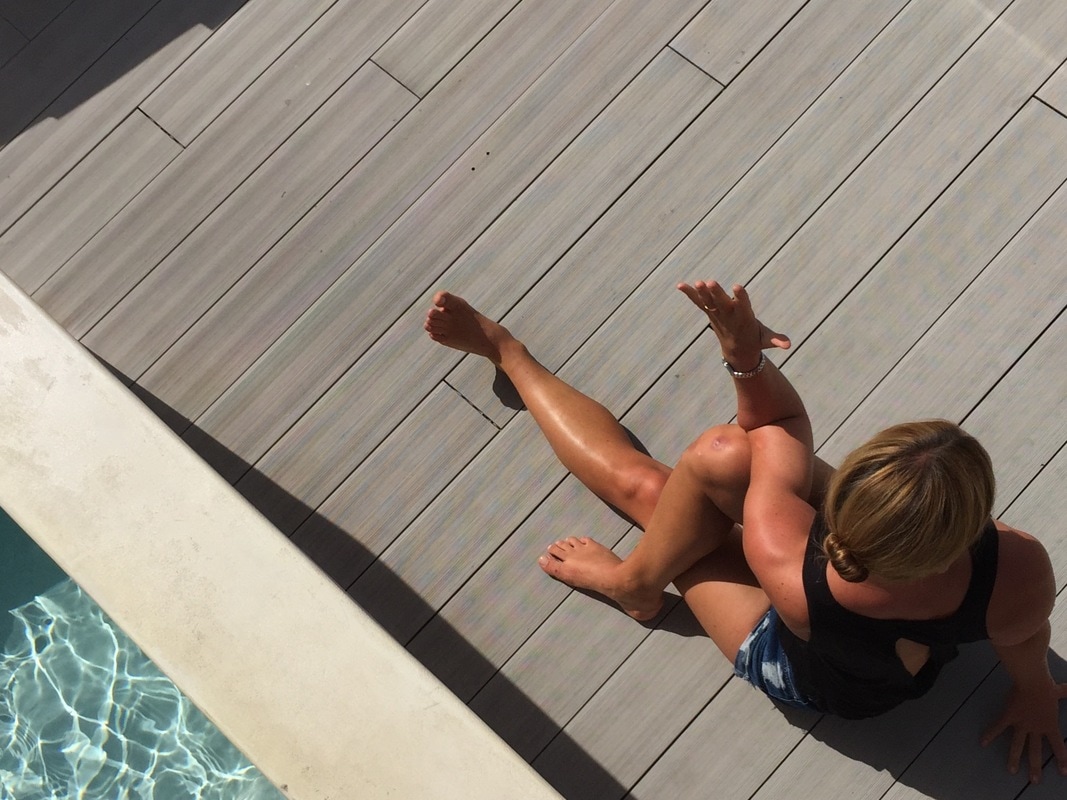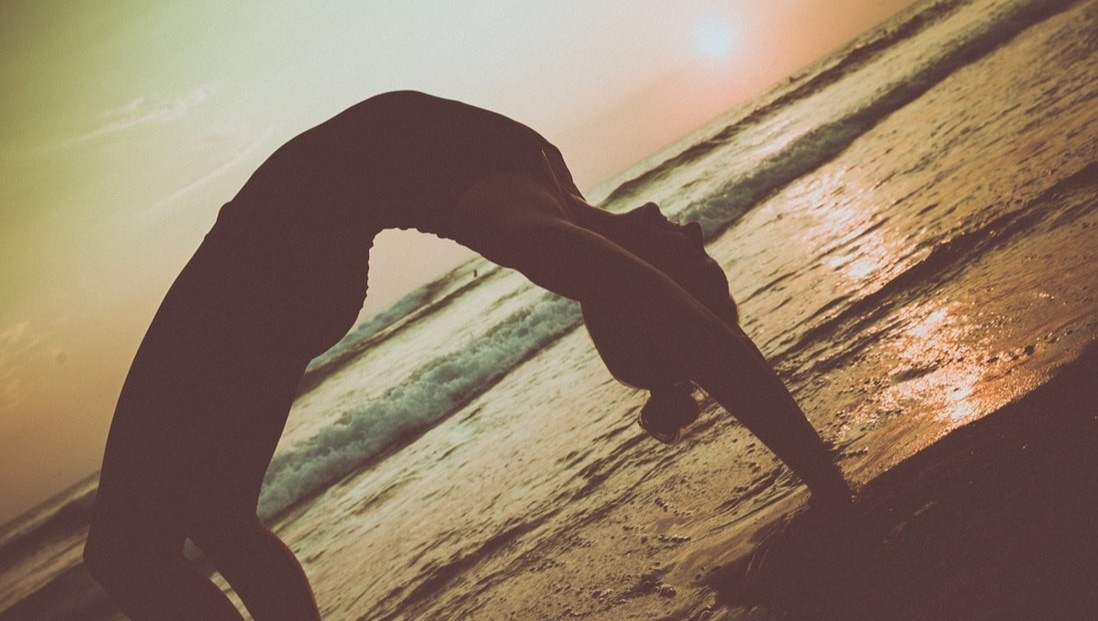|
This article was originally posted at yogobe.se in Swedish
By Elin Jensen and Lisa Andersson Rhodiner
You know that feeling of completion and content, when you come out of a Vinyasa class that had it all. The teacher gave you a mental break, took you on a journey and left you with a story to tell. To create a class like that, try starting with this very simple Vinyasa recipe and build upon it. 1. ONE PART YUMMY WARM-UP Make it slow at first. Whether you are teaching a morning or evening Vinyasa class, start slow and simple. This is what every body needs. Take your class into receptions of any combinations of half Sun Salutation A, complete Sun Salutation A, Classic Sun Salutation or Sun Salutation B. The Ashtanga tradition calls for repetion in sets of five, but as a Vinyasa Teacher you are free to do any combination and number of repetition. Another delicious way of approaching these classic warm-up series could be to tease and pulsate within a movement, for example lifting three times into a soft cobra pose instead of one. 2. ONE PART CLASS THEME A theme should have logic and intelligence in order to make sense to your students. It might an asana theme, such as forward bends, backbends or twists. It might be a theme of a more spiritual nature, such as emotional challenge, the full moon or setting a greater intention. It might be a very practical theme, like focusing on the feet, exploring the movements of the shoulder or activating the core. There are no rules when it comes to a class theme. We have themed classes around pretty out there ideas like "Asanas with Bird names", "Resist the Dark Side" and "Planting seeds". An asana themed class is usually a good start in Vinyasa, and quite often a peak-pose progression is a good idea. Always design a well-rounded class, and don't try to jam in too much. Use the power of repetition in verbal cues as well as asana family, and move from simple to more complex. 3. ONE PART COOL-DOWN Always allow time to unwind the nervous system and cool down the bodies of your students. Set them up for a soft, gentle landing. Allow the heat of the practice settle. Use classic cool-down poses like forward folds and reclined twists. Use counterposes that balance your theme and neutralise the spine and settle the nervous system. Allow at least 10 minutes for Savasana and closing of the practice. Don't be afraid to offer a gentle touch as your students settle into relaxation, and assist with blankets, essential oils and cues for calming the breath and letting go. Look around you for a class theme. The ocean, backbending, the shoulders, the front body or relaxing the jaw are all potential themes based on this picture alone.
|
AuthorArticles about the world of teaching and living Vinyasa Flow Yoga by Elin Jensen and Lisa Andersson Rhodiner Categories
All
Archives
November 2023
Categories
All
|


 RSS Feed
RSS Feed